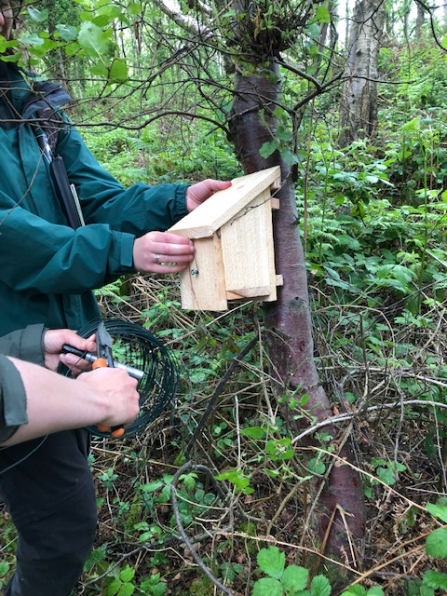Now that the surveying season is in full swing, the Arcadian Ecology team at the Hampshire & Isle of Wight Wildlife Trust are extremely busy getting an array of important ecological surveys underway and completed.
One of these key surveys is monitoring the presence of an adorable, but fairly elusive rodent known as the hazel dormouse.


